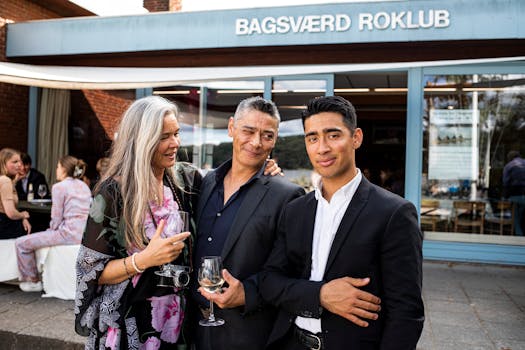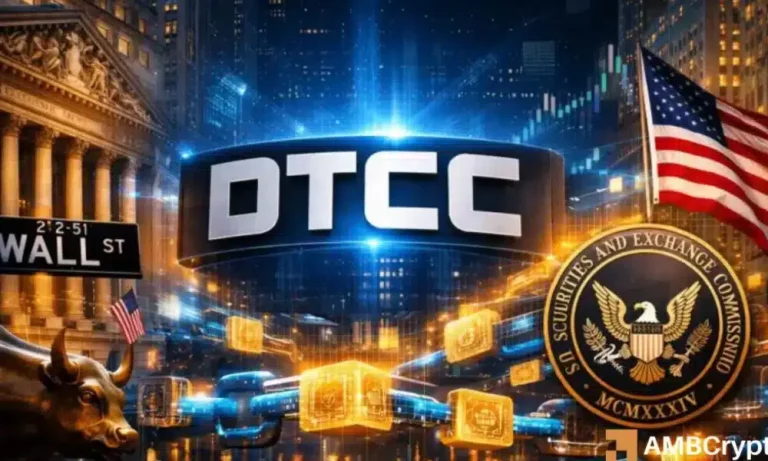
Cultural Fusion: Embracing Diversity in European Lifestyles by 2025
Cultural fusion, embracing diversity in European lifestyles by 2025, is becoming an increasingly important aspect of our lives. As the world becomes more interconnected, we are exposed to a wide range of cultures, traditions, and lifestyles. This fusion of cultures is not only enriching our lives but also shaping the way we live, work, and interact with each other.
What is Cultural Fusion?

Cultural fusion refers to the blending of different cultural practices, traditions, and lifestyles to create a unique and diverse cultural identity. This can include the fusion of music, art, literature, cuisine, and even fashion. Cultural fusion is not about replacing one culture with another, but rather about embracing and celebrating the diversity of cultures that exist in our society.
Benefits of Cultural Fusion

The benefits of cultural fusion are numerous. It can lead to a more vibrant and diverse society, where people from different backgrounds can come together and share their experiences. Cultural fusion can also lead to the creation of new ideas, innovations, and artistic expressions. Moreover, it can help to break down cultural barriers and promote understanding and tolerance between different communities.
Examples of Cultural Fusion in European Lifestyles

There are many examples of cultural fusion in European lifestyles. For instance, the food scene in European cities is a perfect example of cultural fusion. You can find restaurants serving traditional European cuisine, as well as restaurants serving cuisine from other parts of the world, such as Asian, African, and Latin American. This blending of culinary traditions has created a unique and diverse food culture that is distinct to European cities.
Challenges of Cultural Fusion

While cultural fusion can be a positive force, it also presents some challenges. One of the main challenges is the risk of cultural homogenization, where one culture dominates others and leads to the loss of cultural diversity. Another challenge is the potential for cultural appropriation, where elements of one culture are taken and used by another culture without proper understanding or respect.
Conclusion

In conclusion, cultural fusion is an important aspect of European lifestyles by 2025. It has the potential to create a more vibrant and diverse society, where people from different backgrounds can come together and share their experiences. However, it also presents some challenges, such as the risk of cultural homogenization and cultural appropriation. By embracing diversity and promoting understanding and tolerance, we can harness the power of cultural fusion to create a more inclusive and enriching society.






